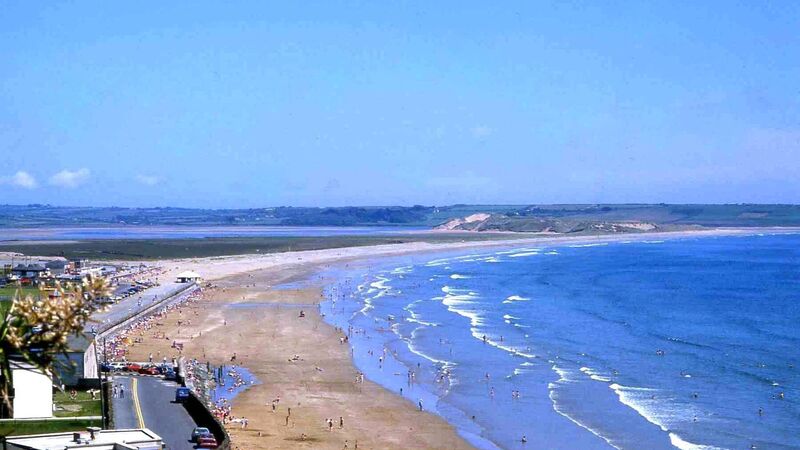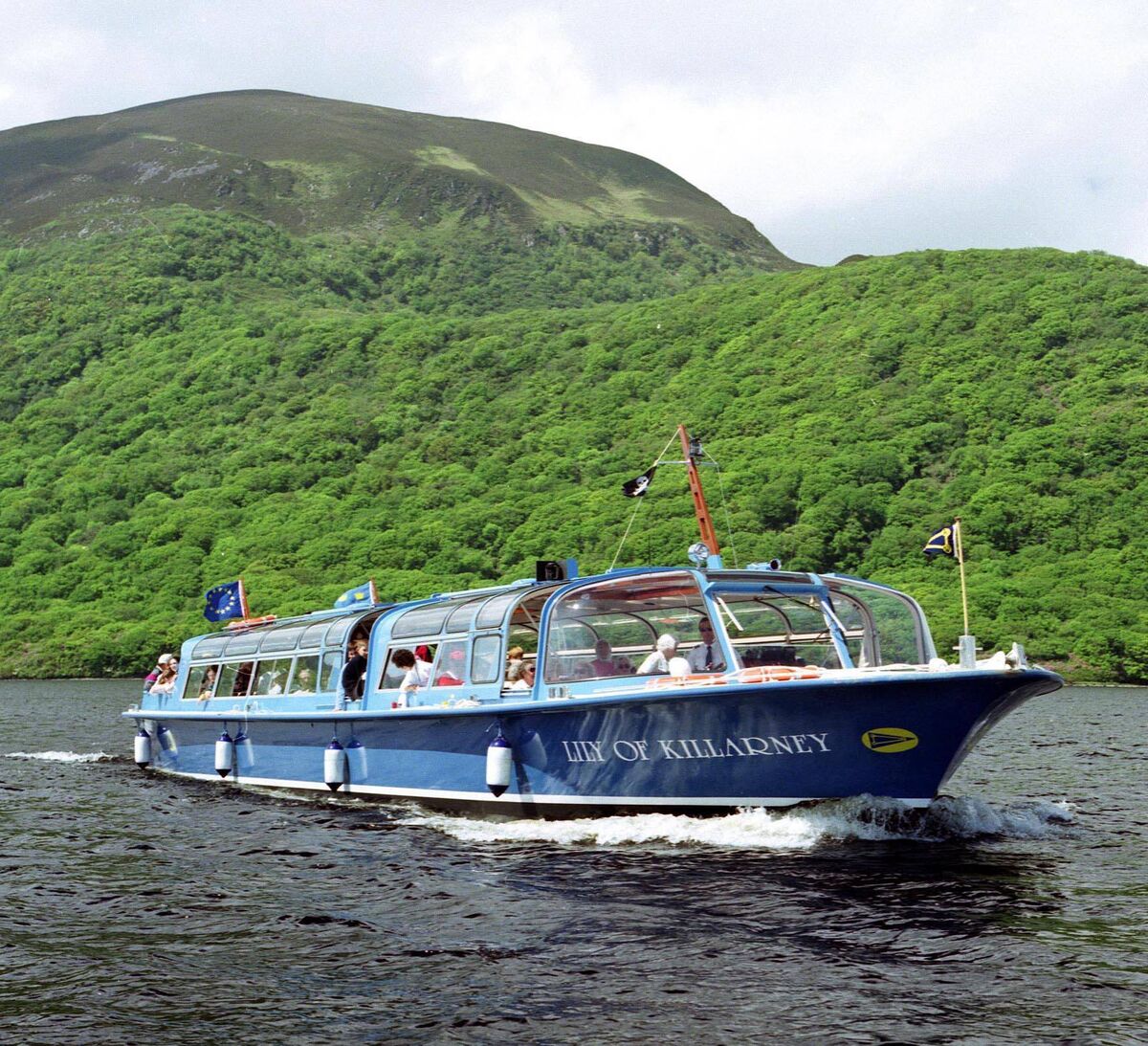Gerard Howlin: Ireland needs good food cooked perfectly — and scald that teapot

THIS is a country of #noworries and no tea. Brackish, tepid water offered as a substitute for the latter, with repeated assurance of the former, is a new Ireland.
Travelling in our own country, we are not tourists. Even if unfamiliar with a specific locality, we arrive with a sense of acquaintance. The #staycation is an affectation of the newly rich, doing charitable works, conspicuously. It is the conceit of people who have forgotten — or the poverty of imagination of those who never knew — that travel anywhere used to be rare, and international travel extraordinary. Going abroad was the prerogative of the emigrant. It was neither romantic nor comfortable. Domestic travel was a requirement for salesmen. They were speculative characters who could never be exactly placed in their own locale. Generally, we never went far.
In the Wexford of the 1970s, Curracloe and Cullenstown were competing fleshpots along the Riviera of the Sunny South East. When we went for a lavish two weeks, it was considered excessive by some who remembered only day trips.
Last Saturday, August 15, was the Feast of the Assumption and a holy day of obligation. When such events used to punctuate life, the Assumption was a day of surging towards the coast. It was also the end of the builders’ holidays, taken nationally over the first two weeks in August. Builders, builders’ suppliers, and associated trades all shut up. Holidays away from home were becoming a new norm, but not a universal one.
Returning home last Saturday, the best had gone out of the garden. In the week I was away, the evenings shortened. August 15 marked the end of high summer, and the coming end of school holidays. It was a turning point in the year.
Our Lady of Lourdes and Queen Victoria are the great patrons of the sort of Irish travel that ballooned into tourism.
Joe Walsh Tours and the pilgrimage trade to Lourdes was the harbinger of international travel on a regular basis. What Geoffrey Chaucer captured in his Canterbury Tales — a Michael Palin or Michael Portillo in holy orders — was the staple of the trade for centuries. This year, Croagh Patrick, Lough Derg, and Our Lady’s Island are bereft. But for decades the first and sometimes the last flight for many Irish people was the flight to Lourdes.
The great, but insufficiently applauded Athlone novelist John Broderick’s The Pilgrimage, published in 1961, captured the excitement, the piety and the money at stake. Broderick’s bishop “as imperturbable as an idol” hoped his diocesan pilgrimage would be a success because “there is always a certain financial risk in these undertakings”.
On the whole, it is a book with more sex than religion, set in a small Irish town “as watchful as the jungle”. It was banned — understandably, given the times. But it captures the upward trajectory socially, as well as the piety that drove the Lourdes trade in the 1950s. There was money to be made, and lost too.
Queen Victoria, on her trip to Killarney in August 1861, kickstarted what we know today as Irish tourism.
I presume she considered Kerry a staycation, part of what was known as the Home Tour, as distinct from the Grand Tour on the continent.
For over a century before her visit, the Lakes of Killarney, the Giant’s Causeway, and the Glens of Wicklow were internationally known tourist sites. Ireland was the inspiration in its wildness and relative inaccessibility for much of the imagery of 18th-century romanticism.

The opening up of Killarney in the 18th century was “one of the founding moments of European Romanticism” in the opinion of Maynooth’s Professor Luke Gibbons. Our staycation follows long antecedents. Travel encountered culture and changed it.
Travelling by train, through the forbidden county of Kildare, on into Kilkenny and Waterford, I revisited Butler House in Kilkenny City, the grandest B&B in Ireland, and visited Dunmore East and Tramore for the first time ever. They were dull, warm days.
There was a slightly shuttered sense about things.
Kilkenny deeply missed the full swing of its arts festival which bravely went on regardless, live performance retuned, if regrettably for reduced audiences. Yesterday as I was writing this column, the Dublin Theatre Festival, always working and never off, announced its lineup from September 24 to October 11. It is artists who are making sure that we meet again. Irish National Opera will be in the thick of it, with the first live performance since lockdown. This is the opening up we need.
In a world offering soothing, but blank assertions of #noworries as an all-purpose interaction in every encounter, what exactly are we supposed to be angsty about to require this emollient? Where did this useless deterrent come from? More to the point, when will it go away? It is baby talk now normalised as conversation. I have a suspicion that it is linked to the in-house blather of big tech companies, where people are ‘googley’ and expected to be so to fit in. Art, performance, and visceral live interaction is an antidote to all that. It replaces numbness with feeling, and generic anxiety with life-enhancing originality.
My travels last week were mainly very good experiences. I would ban the use of #noworries universally, but especially in the hospitality industry. I would immediately launch a national training programme on how to make a proper pot of tea. In a country awash with different types of coffee, and strutting baristas shaking their beans in public, what happened to that most refined, soothing, calming liquid, properly-made tea? As a rule of thumb, it is highly likely that anyone advising that you are in a #noworries zone has never scalded a pot or known what the purpose of that ritual is.
Tea is now a national issue.
Before the lockdown, I traipsed through three emporia in Dublin airport looking for a pot of tea, and all that could be found were varieties of warm brown water, divorced from taste and separated from style. It is regrettable that teabags exist, but they should never be seen. When they are sent swimming in the vessel you are expected to drink from — after you have dunked the bag, before fishing it out and sitting it up in plain sight as it leaks its residue, in return for your money — leave. We are better than this.
The decline in tea-making aside, this is a beautiful country. Dunmore East is obviously attractive. Tramore you to have to experience. From my days in Curracloe, I know honky-tonk and seaside go together like new potatoes and butter. Walk down that beach for five minutes and you face miles of the trá mór the place is famous for. In the Lafcadio Hearn Japanese Gardens there is a surprise of astonishing beauty. At the Beach House restaurant — a sibling of Fish Shop on Benburb St in Dublin 7 — there is simple food cooked perfectly. It’s not Lourdes or Killarney, but I liked it.

Unlimited access. Half the price.
Try unlimited access from only €1.50 a week
Already a subscriber? Sign in
CONNECT WITH US TODAY
Be the first to know the latest news and updates











